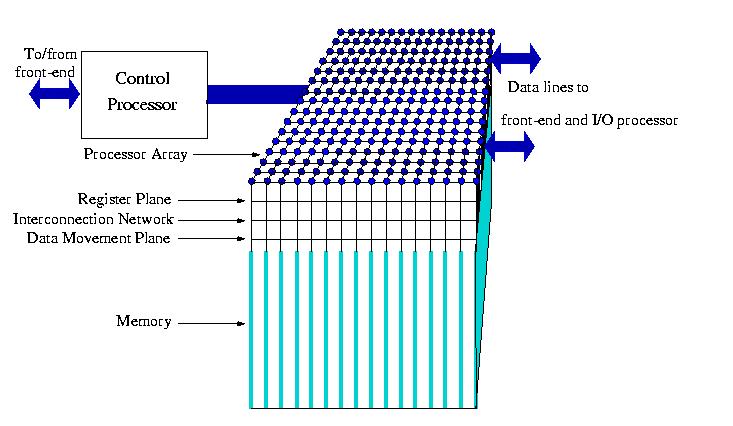
Figure 3: A generic block diagram of a distributed memory SIMD machine.




Machines of this type are sometimes also known as processor-array machines [17]. Because the processors of these machines operate in lock-step, i.e., all processors execute the same instruction at the same time (but on different data items), no synchronisation between processors is required. This greatly simplifies the design of such systems. A control processor issues the instructions that are to be executed by the processors in the processor array. All currently available DM-SIMD machines use a front-end processor to which they are connected by a data path to the control processor. Operations that cannot be executed by the processor array or by the control processor are off-loaded to the front-end system. For instance, I/O may be through the front-end system, by the processor array machine itself or both. Figure 3 shows a generic model of a DM-SIMD machine from which actual models will deviate to some degree.

Figure 3: A generic block diagram of a distributed memory SIMD
machine.
Figure 3 might suggest that all processors in such systems are connected in a 2-D grid and indeed, the interconnection topology of this type of machines always includes the 2-D grid. As opposing ends of each grid line are also always connected the topology is rather that of a torus. For several machines this is not the only interconnection scheme: They might also be connected in 3-D, diagonally, or more complex structures.
It is possible to exclude processors in the array from executing an instruction on certain logical conditions, but this means that for the time of this instruction these processors are idle (a direct consequence of the SIMD type operation) which immediately lowers the performance. Another factor that may adversely affect the speed occurs when data required by processor i resides in the memory of processor j (in fact, as this occurs for all processors at the same time this effectively means that data will have to be permuted across the processors). To access the data in processor j, the data will have to be fetched by this processor and then send through the routing network to processor i. This may be fairly time consuming. For both reasons mentioned DM-SIMD machines are rather specialised in their use when one wants to employ their full parallelism. Generally, they perform excellently on digital signal and image processing and on certain types of Monte Carlo simulations where virtually no data exchange between processors is required and exactly the same type of operations is done on massive datasets with a size that can be made to fit comfortable in these machines.
The control processor as depicted in Figure 3 may be more or less intelligent. It issues the instruction sequence that will be executed by the processor array. In the worst case (that means a less autonomous control processor) when an instruction is not fit for execution on the processor array (e.g., a simple print instruction) it might be offloaded to the front-end processor which may be much slower than execution on the control processor. In case of a more autonomous control processor this can be avoided thus saving processing interrupts both on the front-end and the control processor. Most DM-SIMD systems have the possibility to handle I/O independently from the front/end processors. This is not only favourable because the communication between the front-end and back-end systems is avoided. The (specialised) I/O devices for the processor-array system is generally much more efficient in providing the necessary data directly to the memory of the processor array. Especially for very data-intensive applications like radar- and image processing such I/O systems are very important.
A feature that is peculiar to this type of machines is that the processors sometimes are of a very simple bit-serial type, i.e., the processors operate on the data items bitwise, irrespective of their type. So, e.g., operations on integers are produced by software routines on these simple bit-serial processors which takes at least as many cycles as the operands are long. So, a 32-bit integer result will be produced two times faster than a 64-bit result. For floating-point operations a similar situation holds, be it that the number of cycles required is a multiple of that needed for an integer operation. As the number of processors in this type of systems is mostly large (1024 or larger, the Quadrics Appemille was a notable exception, however), the slower operation on floating-point numbers can be often compensated for by their number, while the cost per processor is quite low as compared to full floating-point processors. In some cases, however, floating-point coprocessors are added to the processor-array. Their number is 8--16 times lower than that of the bit-serial processors because of the cost argument. An advantage of bit-serial processors is that they may operate on operands of any length. This is particularly advantageous for random number generation (which often boils down to logical manipulation of bits) and for signal processing because in both cases operands of only 1--8 bits are abundant. As the execution time for bit-serial machines is proportional to the length of the operands, this may result in significant speedups.



